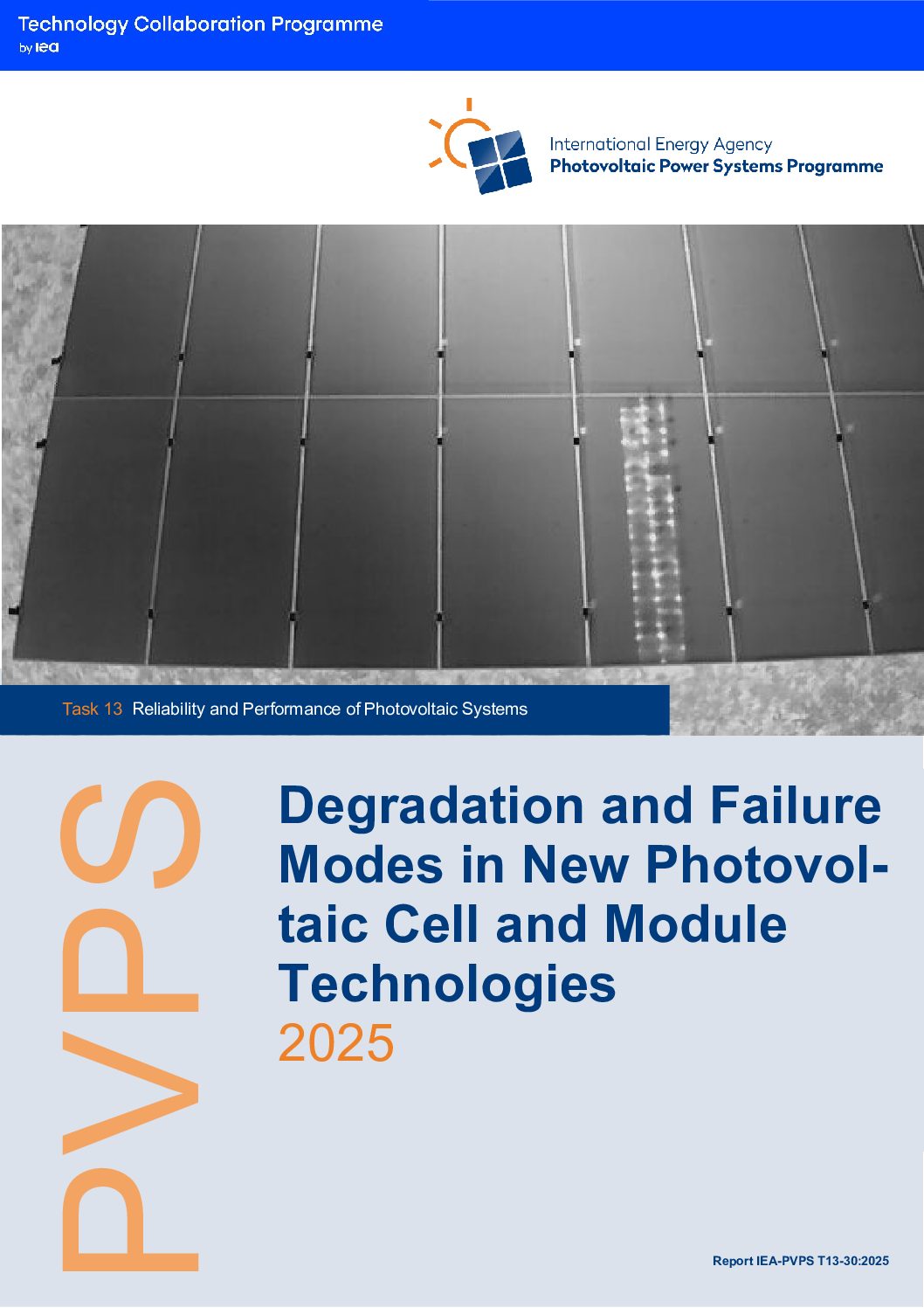
Source: Semantic Scholar
Understanding PV Module Degradation and Failure
Reversible Reductions in Output Power
Issues like shading, soiling of the front surface, or changes in the array’s operating point can lead to reduced output power in a PV module. However, these are reversible problems once the root cause is addressed.
Degradation Mechanisms
Gradual reduction in output power or total failure of a PV module can occur due to degradation mechanisms. These can involve factors like increased series resistance (RS), decreased shunt resistance (RSH), or deterioration of antireflection coatings.
Solar Cell Degradation
Various factors such as corrosion, metal migration, or antireflection coating deterioration can lead to a gradual degradation in module performance over time.
Cell Failures
Cells in a PV module can experience short-circuiting or open-circuiting, which can be caused by factors like thermal stress, hail, or manufacturing defects. These failures can impact the overall performance of the module.
Module Structural Failures
Structural failures like glass breakage, delamination, or interconnect open-circuits can occur due to factors such as vandalism, thermal stress, or environmental aging. These failures can compromise the integrity of the module.
Hot-Spot Failures
Mismatched, cracked, or shaded cells can lead to hot-spot failures, which can affect the performance of the entire module. Proper cell matching and monitoring are essential to prevent such failures.
By-Pass Diode and Encapsulant Issues
Failures in by-pass diodes or encapsulant materials can occur due to factors like overheating or UV degradation. These components play crucial roles in maintaining the efficiency and longevity of the PV module.
Conclusion
Understanding the various degradation mechanisms and failure modes of PV modules is essential for ensuring the long-term performance and reliability of solar energy systems. Regular maintenance, monitoring, and quality assurance measures can help mitigate these issues and maximize the lifespan of PV modules.

Source: IEA-PVPS
Feel free to comment your thoughts.
